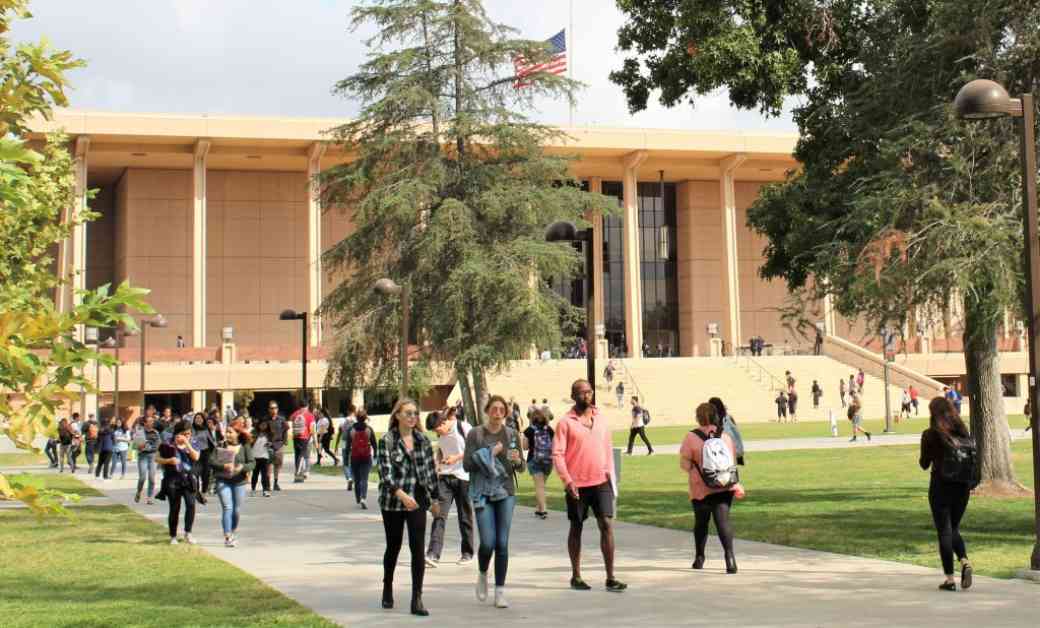As the Graduation Initiative 2025 at California State University (CSU) draws to a close, the latest statistics for 2024 reveal a mixed bag of progress and setbacks in the university’s efforts to enhance graduation rates. These findings mark the culmination of a ten-year endeavor to propel more students toward timely completion of their academic programs. Amidst the backdrop of incremental advancements and lingering challenges, the data unveiled at a recent two-day symposium on graduation goals paint a detailed picture of the road ahead for CSU.
Challenges and Progress
In 2024, CSU experienced a slight uptick in the four-year graduation rate for freshmen, with a 1% increase to 36%, inching closer to the system’s target of 40% by 2025. However, the six-year graduation rates for freshmen remained stagnant at around 62%, falling short of the 70% goal set for the same year. On the other hand, the four-year graduation rates for transfer students saw a decline from 79% in 2023 to 75% in 2024, underscoring a significant gap from the Graduation Initiative 2025 aim.
While transfer students have shown a more favorable trajectory, nearing a 45% two-year graduation rate, this progress contrasts with the challenges faced by students who entered CSU in 2020. The contrasting performance among different student cohorts highlights the intricate dynamics at play within the university system, signaling the need for targeted interventions to address disparities and propel all students towards successful completion of their academic journeys.
Equity Gaps and Student Success
The disparities in graduation rates further underscore the pressing need to bridge equity gaps within the CSU system. Notably, the analysis revealed a divide between more affluent students without Pell Grants and lower-income students receiving financial assistance. While 68% of affluent students graduated within six years, only 56% of Pell Grant recipients achieved the same milestone, shedding light on the systemic challenges faced by students from underprivileged backgrounds.
Moreover, the demographic landscape at CSU has undergone significant shifts over the past decade, with a 31% increase in incoming freshman classes and a 50% rise in first-generation, Pell Grant, and historically underserved students. As the university endeavors to support these diverse student populations, the importance of addressing retention rates becomes paramount. Persisting equity gaps in retention and graduation rates highlight the need for targeted strategies to support at-risk student segments and enhance overall student success.
The imperative to understand the underlying reasons for student attrition and develop proactive measures to prevent it was underscored by CSU officials. The metaphorical ‘leaking out of the pipeline’ of students leaving the university before completion poses a critical challenge that requires a multifaceted approach. By delving into the root causes of student departures and implementing targeted interventions to enhance academic support and student engagement, CSU aims to bolster student persistence and foster a culture of completion.
—
In conclusion, the quest to enhance graduation rates and foster student success at CSU is an ongoing journey fraught with challenges and opportunities. As the university system navigates the complexities of supporting a diverse student body, addressing equity gaps, and improving retention rates, the commitment to empowering all students to achieve their academic goals remains steadfast. By harnessing data-driven insights, fostering a culture of inclusivity, and implementing targeted interventions, CSU paves the way for a brighter future where every student has the opportunity to thrive and succeed.
